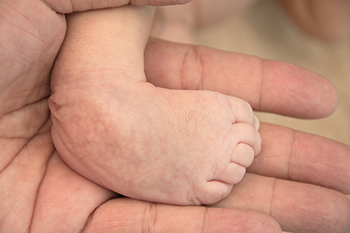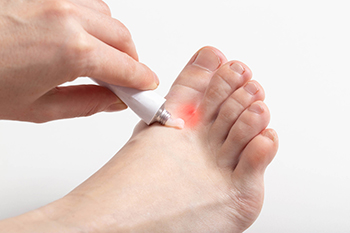
As people age, natural changes in gait can affect mobility and stability. Reduced calf muscle strength often leads to taking shorter steps, while balance issues may increase the period in the walking cycle when both feet are on the ground simultaneously. In younger adults, this phase typically makes up about 18 percent of the cycle, but it may increase to 26 percent or higher as people age or experience balance challenges. This added time on both feet offers greater stability, helping to lower fall risk. Joint changes, like reduced ankle flexibility, may further impact stride length. To maintain balance, older adults might shift their weight or adopt postural changes, leading to a wider stance and a less fluid movement. Neurological changes can make coordinating each step more difficult, slowing pace and reducing synchrony in body movement. A podiatrist can assess specific gait challenges in seniors and suggest exercises or custom orthotics to restore stability and improve gait mechanics. If you have trouble walking while carrying out daily activities, it is suggested that you make an appointment with a podiatrist for a gait analysis, exam, and treatment options.
Proper foot care is something many older adults forget to consider. If you have any concerns about your feet and ankles, contact one of our podiatrists from Greater Boston Foot Care, PLLC. Our doctors can provide the care you need to keep you pain-free and on your feet.
The Elderly and Their Feet
As we age we start to notice many changes in our body, but the elder population may not notice them right away. Medical conditions may prevent the elderly to take notice of their foot health right away. Poor vision is a lead contributor to not taking action for the elderly.
Common Conditions
- Neuropathy – can reduce feeling in the feet and can hide many life-threatening medical conditions.
- Reduced flexibility – prevents the ability of proper toenail trimming, and foot cleaning. If left untreated, it may lead to further medical issues.
- Foot sores – amongst the older population can be serious before they are discovered. Some of the problematic conditions they may face are:
- Gouging toenails affecting nearby toe
- Shoes that don’t fit properly
- Pressure sores
- Loss of circulation in legs & feet
- Edema & swelling of feet and ankles
Susceptible Infections
Diabetes and poor circulation can cause general loss of sensitivity over the years, turning a simple cut into a serious issue.
If you have any questions please feel free to contact our office located in Plymouth, MA . We offer the newest diagnostic and treatment technologies for all your foot and ankle needs.



